What Is A Maritime Forest – Trees And Shrubs For Maritime Environments
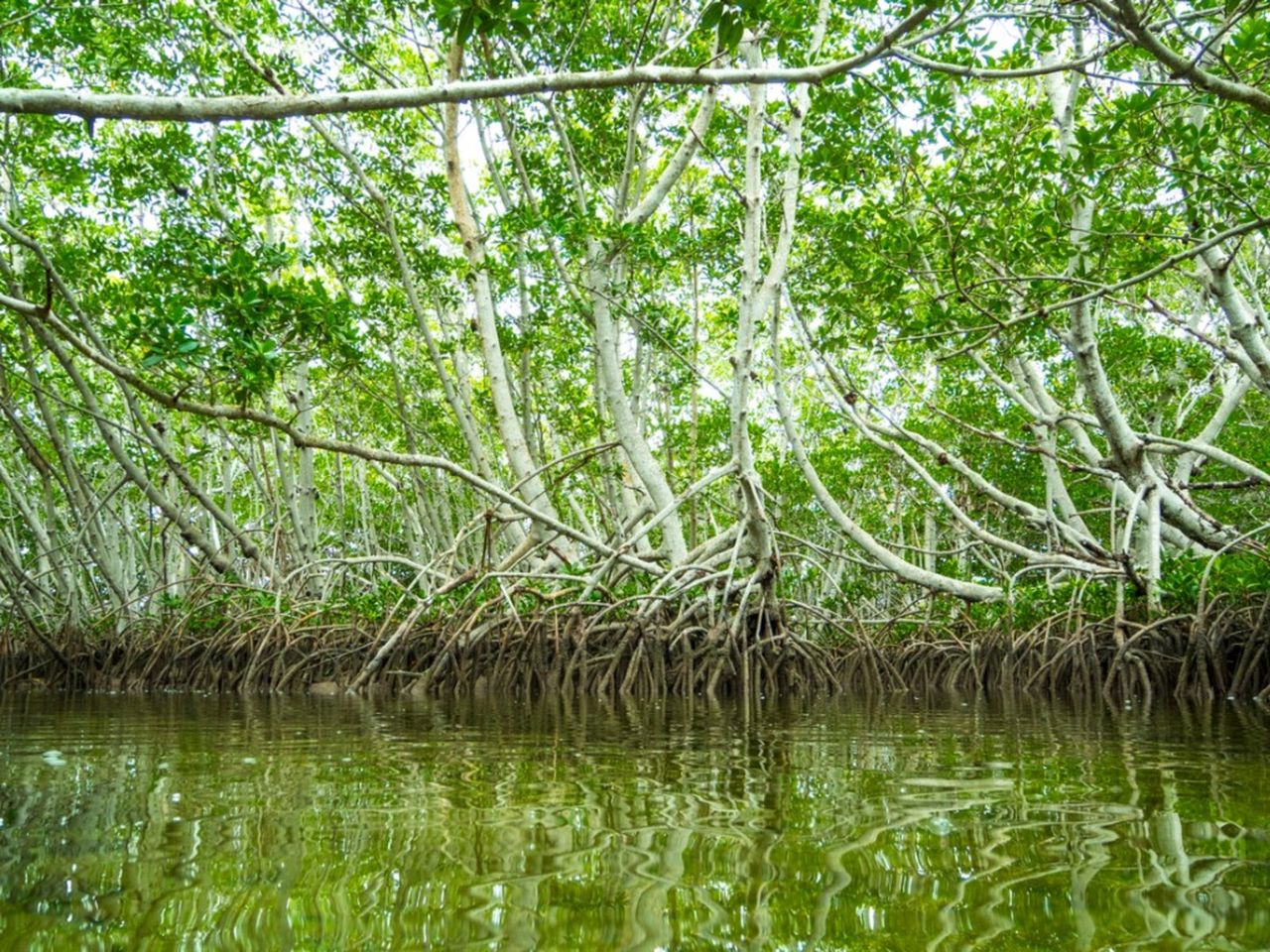

What is a maritime forest? It is a forest made up of trees that thrive near the ocean. These forests are usually narrow bands of trees that grow on stabilized dunes or barrier islands. These forests are also called maritime hammocks or coastal hammocks.
What are the most common trees and shrubs for maritime forests? Read on for info on maritime forest plants.
What Is a Maritime Forest?
Maritime forest trees grow very close to the ocean. That means that trees and shrubs for maritime areas must tolerate salt, as well as wind and drought. The maritime areas with tropical maritime climates are found in warmer areas, while colder zones are home to temperate species.
Most of the American tropical maritime climates in this country are found in Florida, with its long coastline. It has almost 500 thousand acres of barrier islands, many of which are occupied by tropical maritime trees. But you can find maritime forests sporadically along the entire Atlantic coast.
Tropical Maritime Trees
There are a variety of trees that survive in tropical maritime climates. Which trees and shrubs can thrive depend on different factors including how well they tolerate the growing conditions? These include powerful winds, sandy soils without many nutrients, erosion and an unpredictable supply of freshwater.
Tropical maritime trees that grow closest to the ocean get the worst of the winds and salt spray. This exposure prunes terminal buds in the top of the canopy, encouraging lateral buds. This creates the iconic curved shape of maritime forest canopies and protects the inner trees.
Trees and Shrubs for Maritime Areas
The present location and extent of today's maritime forests were established approximately 5000 years ago, becoming stabilized as sea level rise declined from 12 inches (0.3 m.) to 4 inches (0.1 m.) per century.
Gardening tips, videos, info and more delivered right to your inbox!
Sign up for the Gardening Know How newsletter today and receive a free copy of our e-book "How to Grow Delicious Tomatoes".
The trees dominating maritime forests are generally species of broad-leaved evergreen trees and shrubs. As sea oats and other coastal plants grow in and stabilize a dune, more woody species are able to survive.
The species of maritime forest trees vary among locations. Three that are commonly present in Florida forests are southern live oak (Quercus virginiana), cabbage palm (Sabal palmetto), and redbay (Perrea borbonia). The understory usually includes diverse small woody species and shorter shrubs. In the southern areas, you will also find silver palm (Coccothrinax argentata) and blackbead (Pithecellobium keyense).

Teo Spengler is a master gardener and a docent at the San Francisco Botanical Garden, where she hosts public tours. She has studied horticulture and written about nature, trees, plants, and gardening for more than two decades. Her extended family includes some 30 houseplants and hundreds of outdoor plants, including 250 trees, which are her main passion. Spengler currently splits her life between San Francisco and the French Basque Country, though she was raised in Alaska, giving her experience of gardening in a range of climates.
-
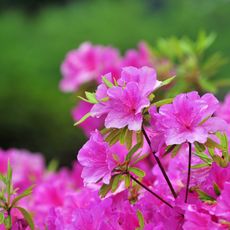 Ideal Azalea Water Requirements – For Lush, Healthy Shrubs That Will Thrive For Years
Ideal Azalea Water Requirements – For Lush, Healthy Shrubs That Will Thrive For YearsWhat are an azalea's water requirements? Learn how to keep these beautiful spring-blooming shrubs happy and healthy in your yard or container garden.
By Amy Grant
-
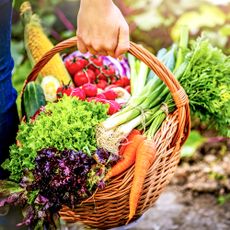 7 Vegetables To Plant In April: Start Indoors Or Outside For A Bumper Summer Harvest
7 Vegetables To Plant In April: Start Indoors Or Outside For A Bumper Summer HarvestAchieve your growing ambitions with these best vegetables to plant in April – including cold-hardy crops to sow direct and tender varieties to start indoors
By Mary Ellen Ellis
-
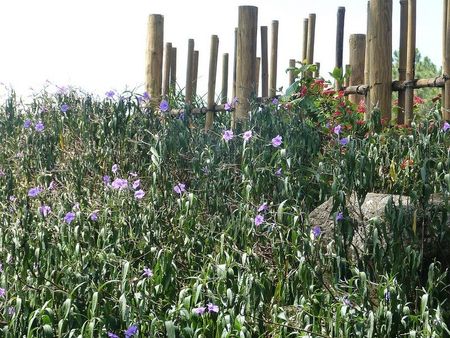 Seaside Gardening Issues: Common Issues Affecting Coastal Gardens
Seaside Gardening Issues: Common Issues Affecting Coastal GardensIssues affecting coastal gardens mainly stem from wind, salt spray, periodic storm waves, and shifting sand. In this article, we will tackle the question of how to handle problems with seaside gardening.
By Amy Grant
-
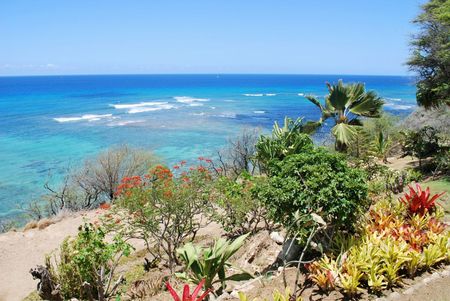 Seaside Garden Basics: Planning And Maintaining Gardens Near Ocean Fronts
Seaside Garden Basics: Planning And Maintaining Gardens Near Ocean FrontsSeaside landscaping presents unique challenges. Seaside gardens call for plants that thrive in the face of adversity. The information in this article can help when planning coastal gardens.
By Jackie Carroll
-
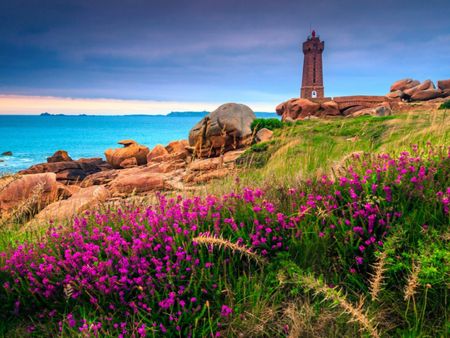 Best Seaside Garden Plants: Choosing Plants For A Seaside Garden
Best Seaside Garden Plants: Choosing Plants For A Seaside GardenIf you're lucky enough to live near the beach, you'll want great seaside plants to show off your garden. Choosing seaside plants is not difficult, once you learn what to look for, and this article can help.
By Becca Badgett
-
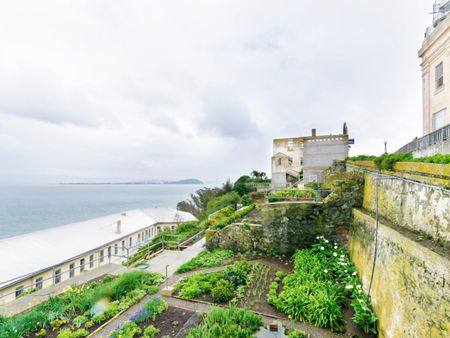 Seaside Vegetable Garden: Tips For Growing Vegetables On Coast
Seaside Vegetable Garden: Tips For Growing Vegetables On CoastMost plants have little tolerance to high levels of salt, especially vegetables. The sodium draws moisture out of the plant and it can burn roots. This article will help with growing veggies near the sea.
By Bonnie L. Grant
-
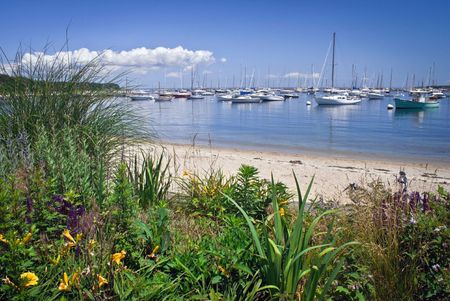 Plants For Gardening With Salt Water Soil
Plants For Gardening With Salt Water SoilSalty soils occur when sodium builds up in the soil. Even runoff from winter salt spray can create a microclimate in need of salt resistant gardens. This article can help with choosing salt tolerant plants.
By Jackie Rhoades
-
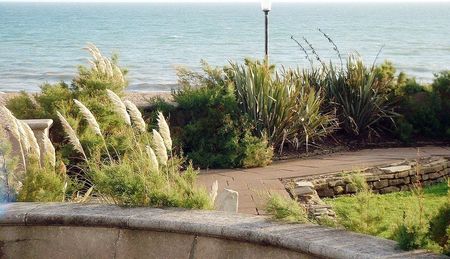 Seaside Gardens - Catch The Wave With Seaside Gardening
Seaside Gardens - Catch The Wave With Seaside GardeningThe natural conditions along the coast can create a hostile environment for garden plants. Seaside gardening away from these conditions also presents challenges for the gardener. Learn more here.
By Nikki Tilley